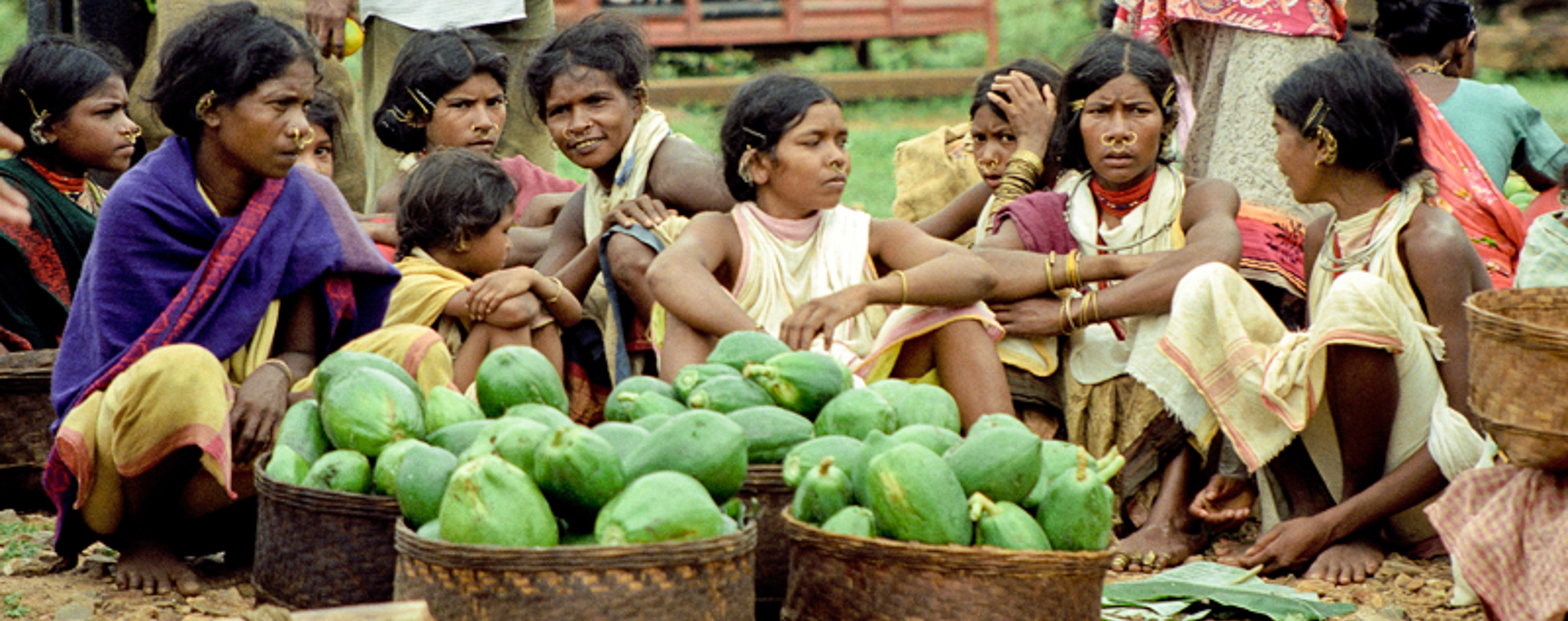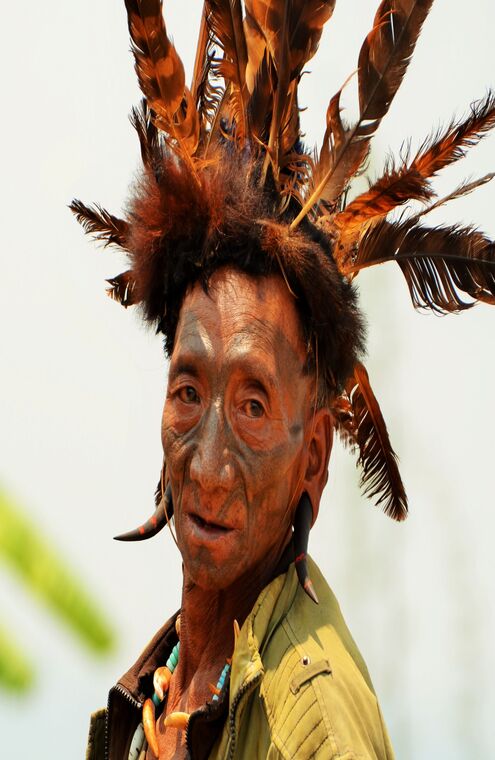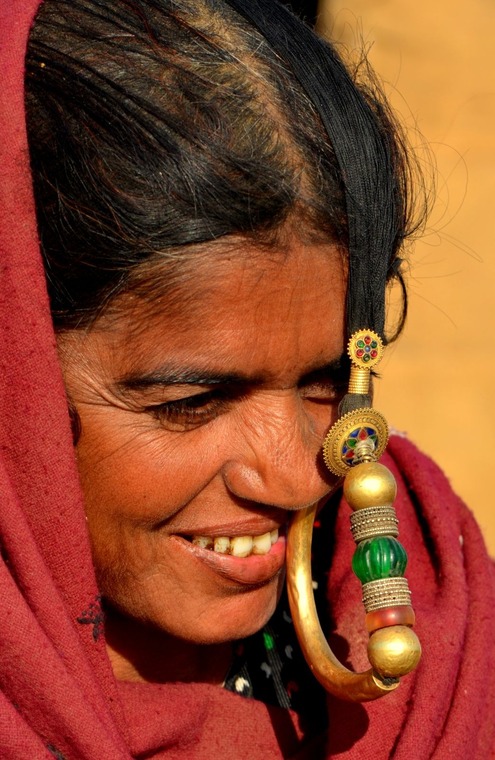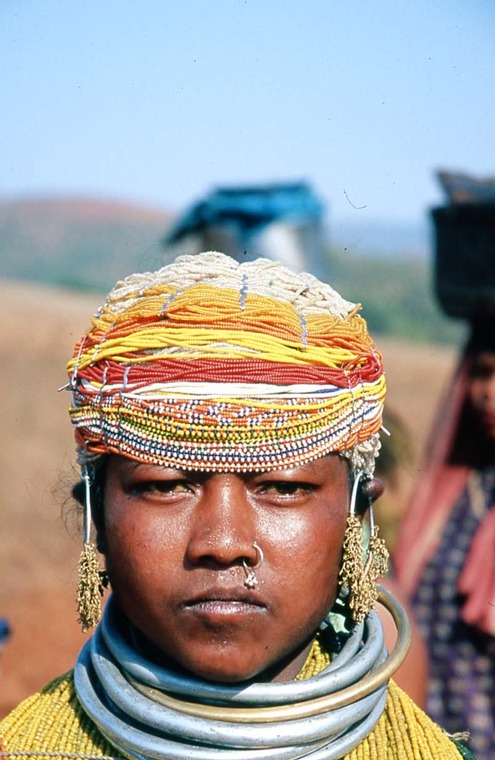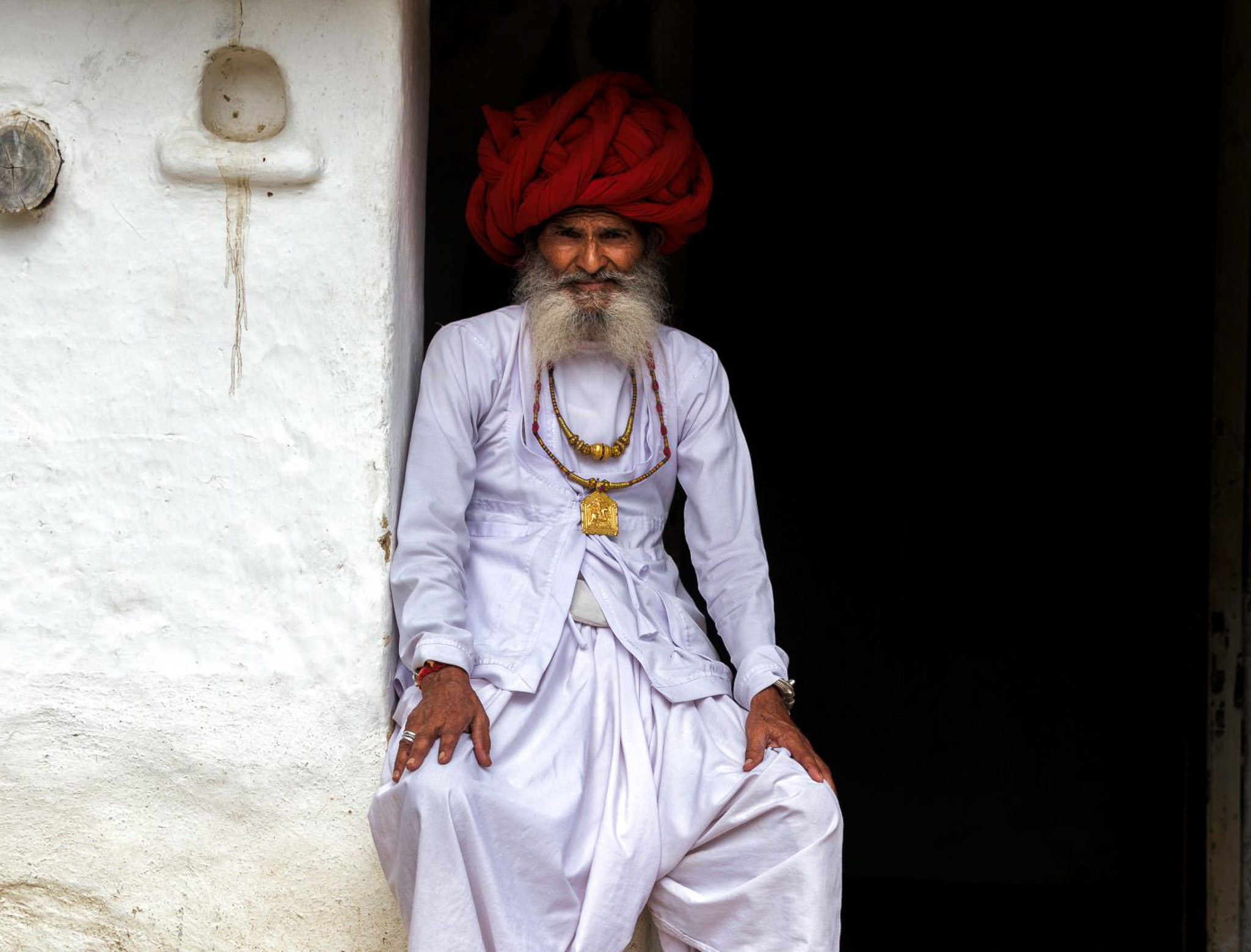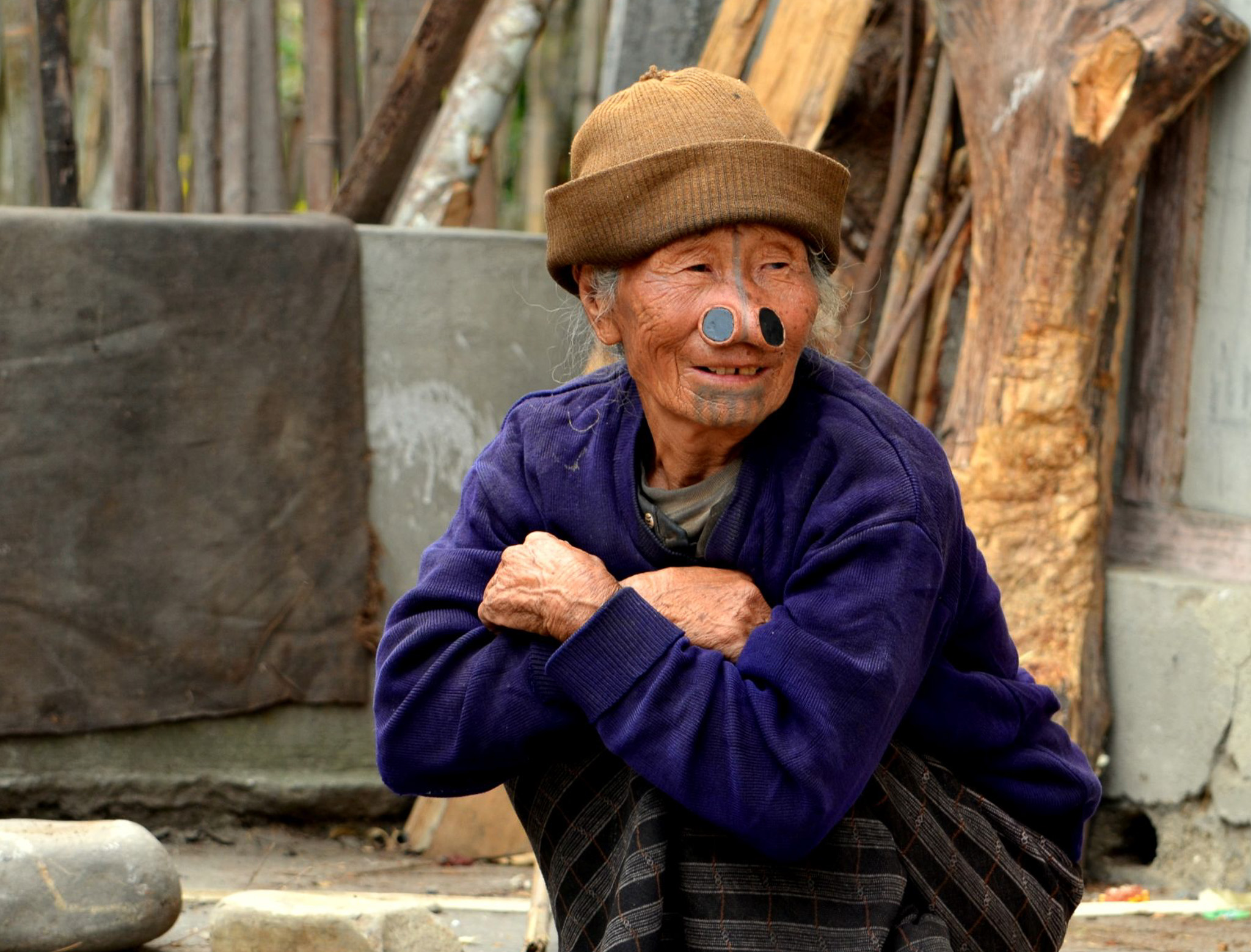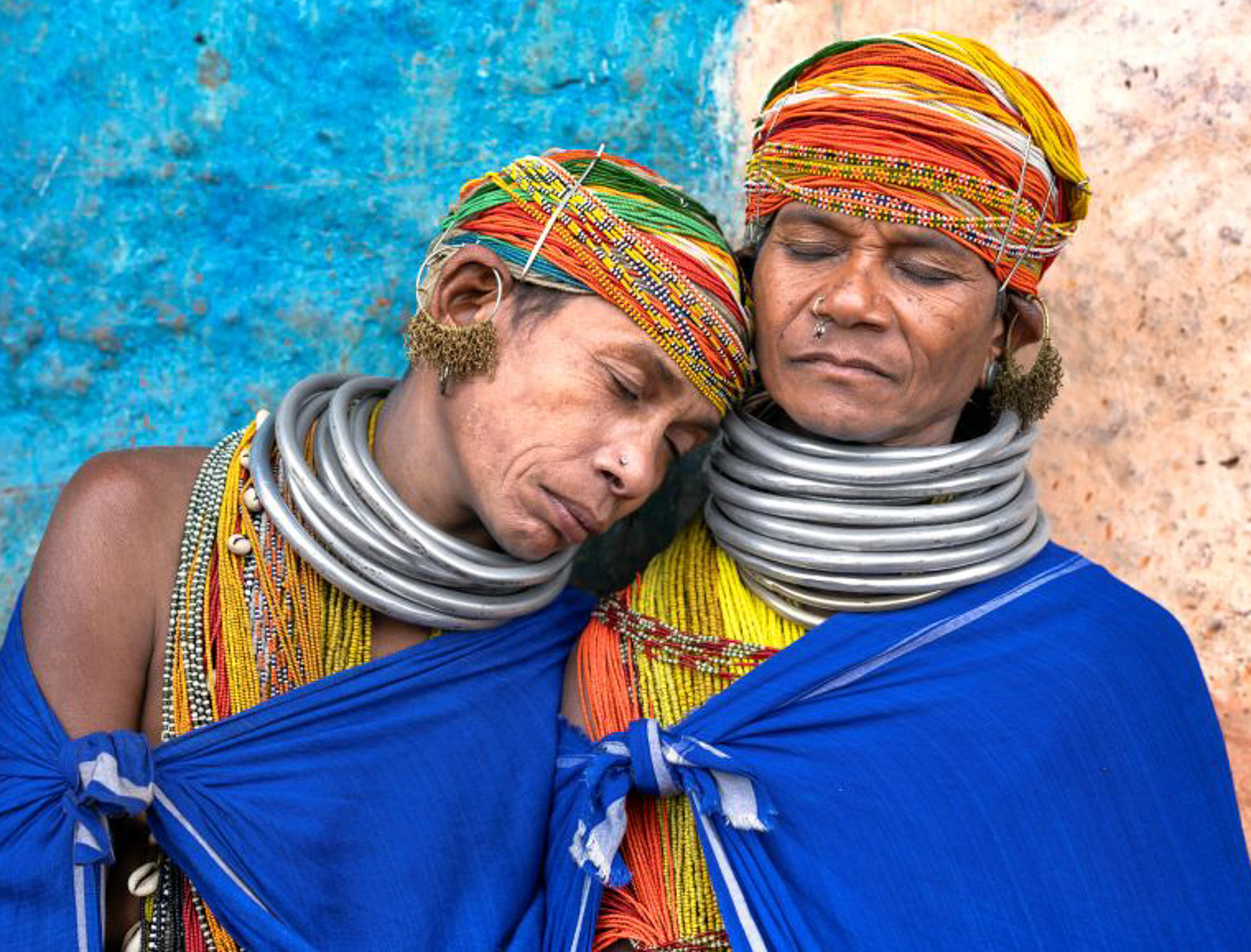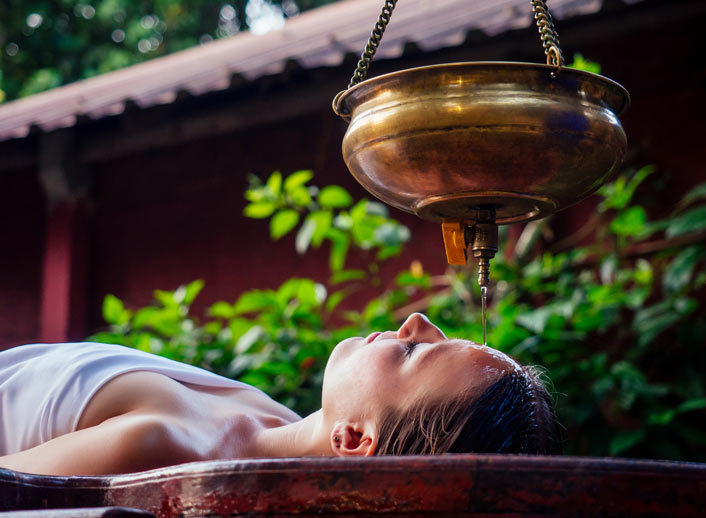India’s natural beauty is not found in its towns and cities. The indigenous people have it. One of the most remarkable aspects of their culture is the tribal way of life, including artistic endeavours, and architecture. The multiplicity of Indian tribes gives you a rich understanding of the ethnography and anthropology of these enigmatic cultures
India’s natural beauty is not found in its towns and cities. The indigenous people have it. One of the most remarkable aspects of their culture is the tribal way of life, including artistic endeavours, and architecture. The multiplicity of Indian tribes gives you a rich understanding of the ethnography and anthropology of these enigmatic cultures and satisfies the ideologist in you. Numerous tribes have distinctive customs, holidays, musical styles, and means of artistic expression. Through tribal tourism, visitors can learn about these different communities and their cultural legacy. The Indian tribal tours are incredibly revitalizing and rejuvenating. Join our Epic tribal journeys where you will have an opportunity to explore tribal ecosystems, heritage, past events, and handicrafts. Indigenous knowledge of their inherited culture and the natural world was the emphasis of tribal tourism. Numerous indigenous tribes still practice their ancient traditions and live in close harmony with their natural environment in modern-day India.

